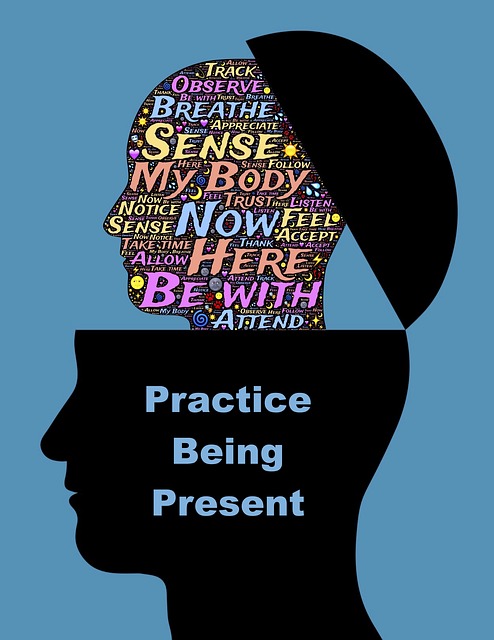The Search Inside Yourself Leadership Institute (SIYLI) conducts 2 day mindful leadership courses around the world based on the three pillars of mindfulness, neuroscience and emotional intelligence. Participants in these courses tend to be motivated to practice mindfulness and spread the learning and ideas to various local arenas such as schools, organisations and community settings. There are now movements underway to integrate these initiatives on a local level by developing “mindful cities”.
The Mindful City Project
One of the initiatives designed to aggregate local mindfulness activities is the Mindful City Project established by co-founders Deb Smolensky (CEO), Michelle Spehr and Ellen Rogin. Their approach is based on the three pillars of awareness, compassion (including self-compassion) and generosity. These pillars are underpinned by the knowledge, practices and insights emerging from neuroscience and emotional intelligence research.
In an interview with Jen Arnold, Deb and Michelle discussed their own background and experience with mindfulness and the motivation and purpose for the Mindful City Project. Deb mentioned that she had been introduced to mindfulness at age 10 by her drama teacher who taught his class to use body scan to overcome nervousness. In her twenties, she resorted to meditation to deal with her anxiety attacks.
Deb, Michelle and Ellen each have experience in the wellness arena, with Ellen’s experience focused on financial wellness. They saw the need to help communities to become more connected, collaborative and compassionate – to adopt a holistic approach to enable the whole community to thrive. The Mindful City Project initiative sets out to develop a framework that will enable both a common language and a set of practices (encapsulated in checklists). The aim is to provide education, resources and funding to enable leaders in city communities to progressively develop their own mindful city and to share their relevant knowledge and experience with leaders in other cities.
A beta mindful city project
Deb and Michelle discussed a pilot project in the city of Highland Park Illinois where they are working with three community groups – schools, businesses and public services such as hospitals and the military. A key intervention strategy is the development of a “layered form of education and practices” for each type of participant group.
For example, different seminars are conducted for students, teachers and parents – enabling reinforcement in all directions and exponential growth in the use of mindfulness practices. Schools are provided with a checklist of practice options that they can adopt – the practices covering each of the three pillars. A school, for example, could inculcate the practice of taking a mindful breath when the bell rings and/or instituting mindful pauses in classrooms.
A key pillar of the mindful city project is generosity. Schools can choose the level and breadth of their generosity endeavours, e.g. supporting a charity or adopting a pay it forward program. Deb and Michelle gave the example of a school that raised USD160,000 for childhood cancer.
In developing awareness in businesses, Deb and Michelle stated that they found the foundations for mindfulness already present in organisations in a number of forms:
- emotional intelligence incorporated in leadership training
- a focus on “unconscious bias” within diversity and inclusion training
Unfortunately, these mindfulness initiatives are often segregated and lose the opportunity for mutual reinforcement and the synergy that comes from a holistic approach. In the Mindful City Project approach, mindfulness training covers both internal and external elements:
- internal – emotional intelligence and inner awareness
- external – compassion and generosity
As people grow in mindfulness through education and mindfulness practices in schools, businesses and homes, the potential exists for leaders to build mindful cities that thrive on connection, collaboration and compassion. The Mindful City Project provides the resources and funding to enable cities to create their desired future.
____________________________________________
Image by Marion Wellmann from Pixabay
By Ron Passfield – Copyright (Creative Commons license, Attribution–Non Commercial–No Derivatives)
Disclosure: If you purchase a product through this site, I may earn a commission which will help to pay for the site, the associated Meetup group and the resources to support the blog.










